- Your cart is empty
- Continue Shopping
High-temperature temperature sensor ТХА-210, ТХК-210
$11
High temperature temperature sensor ТХА-210, ТХК-210 (thermocouple, thermoelectric converter, temperature sensor) is used in many industries to measure the temperature of air, exhaust gases and their combustion products and other chemically non-aggressive media in the temperature range from -40 to 1000 ° C.
High temperature temperature sensor ТХА-210, ТХК-210 (thermocouple, thermoelectric converter, temperature sensor) is used in many industries to measure the temperature of air, exhaust gases and their combustion products and other chemically non-aggressive media in the temperature range from -40 to 1000 ° C.
The range of temperatures measured by the sensors depends directly on the chemical composition of the measuring element. The main measuring element of such sensors is a piece of thermocouple wire, sequentially welded from two dissimilar electrically conductive metals, which is called a "thermocouple". In accordance with the purpose and design, thermocouple may be submerged or superficial, sealed or leaky (with or without shell), shockproof, stationary, portable etc.
Features:
- Low thermal inertia.
- Short-term operation of the sensor is possible at 1100 ° C.
- Since the protective beads are made of ceramic, it is necessary to avoid impacts of the thermal converter during installation and operation.
- Not suitable for measuring the temperature of liquids, melts containing nitric acid and nitrates, and also for use in atmospheres with a high content of sulfur and ammonia.
NSX type:
- TXA - K -40..1000 ° C
- THK - L -40..600 ° C
- TJK - J -40..600 ° C
Type K (chromel-alumel thermocouple):
- Widely used in various fields from -100 ° C to + 1000 ° C (recommended limit, depending on the diameter of the thermocouple);
- A hysteresis effect occurs in the range from 200 to 500 ° C, i.e. the readings may differ during heating and cooling. Sometimes the difference reaches 5 ° C;
- Used in neutral or oxygen-rich atmospheres;
- After thermal aging, the readings decrease;
- It is not recommended to use in a discharged atmosphere, because chromium can be released from the Ni-terminal (the so-called migration), while the thermocouple changes the TEMF and shows an underestimated temperature;
- The sulfur atmosphere is harmful to the thermocouple as it affects both electrodes.
Type J (iron constantan thermocouple):
- It is not recommended to use it below 0 ° C, as moisture condensation on the iron lead leads to the formation of rust;
- The most suitable type for a rarefied atmosphere;
- The maximum application temperature is -500 ° C, since above this temperature, the leads are rapidly oxidized. Both leads are quickly destroyed in a sulfur atmosphere;
- The readings increase after thermal aging;
- The advantage is the low cost.
Tolerance class:
- TXA - 1,2,3
- THK - 2.3
- TLC - 1.2
Possibility of execution with terminal block THA-210k
Additional Information
| Dimensions | Н/Д |
|---|---|
| NSX type | |
| Tolerance class | |
| Working range of measured temperatures, ° С | |
| Thermal inertia index, s |
You must be logged in to post a review.

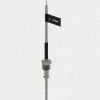
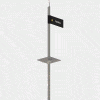
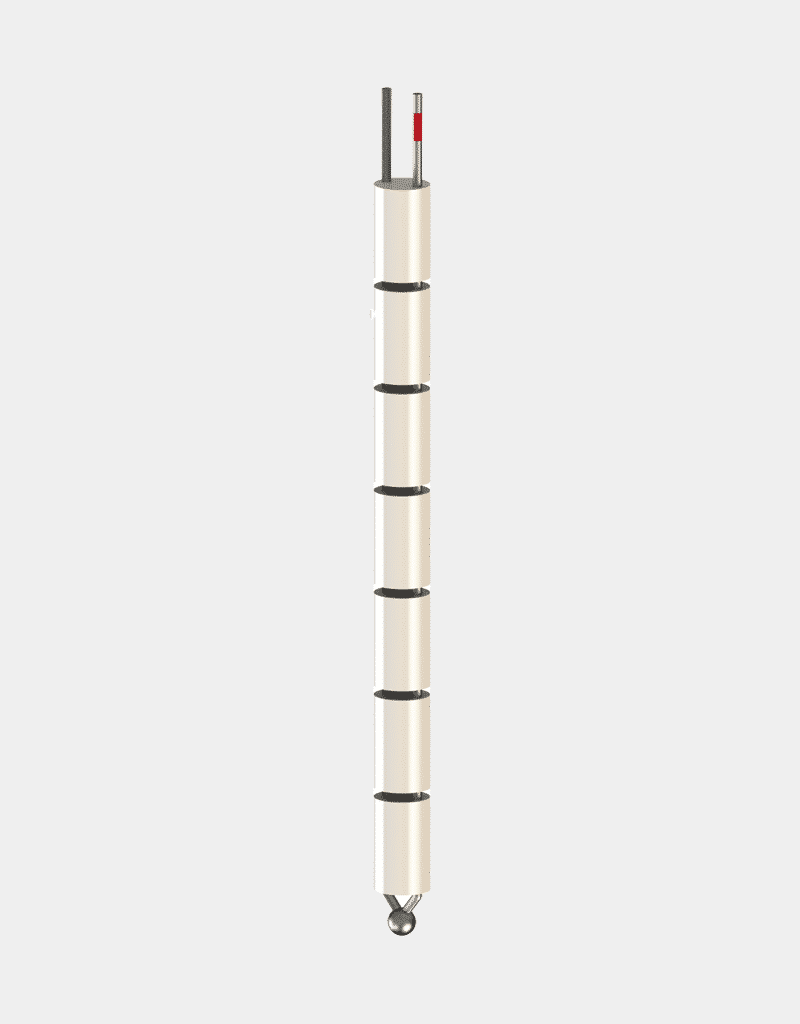
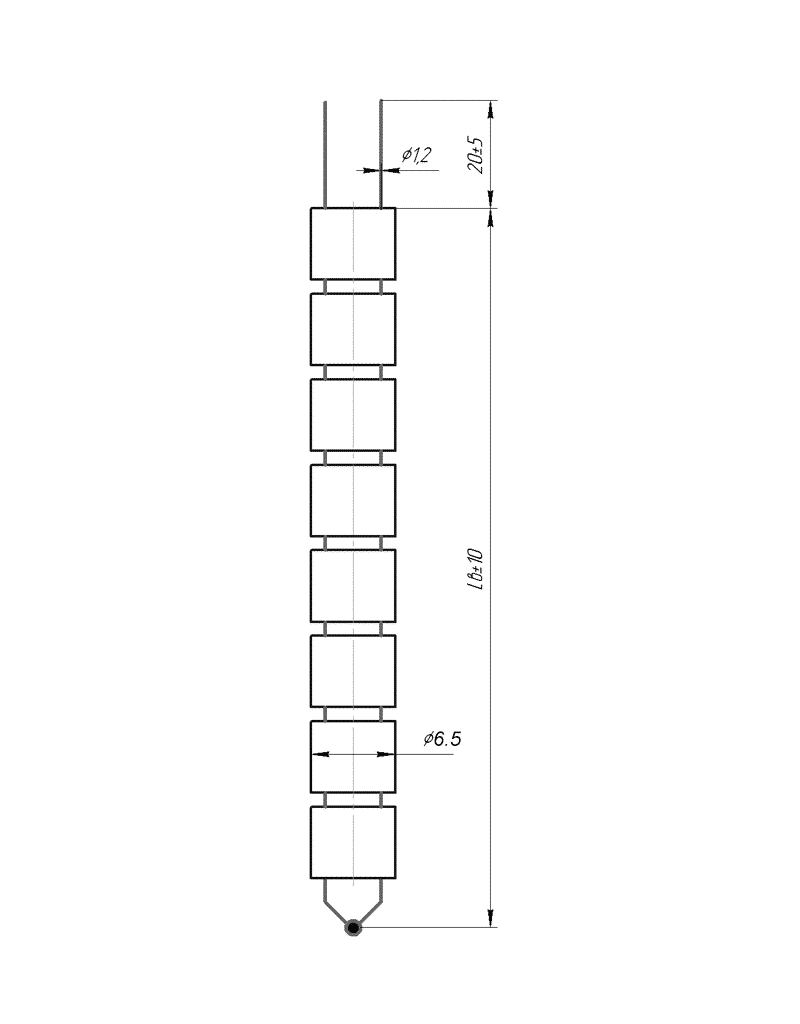
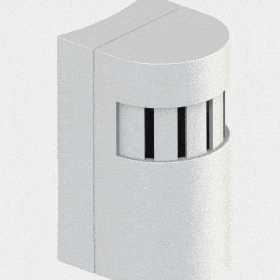
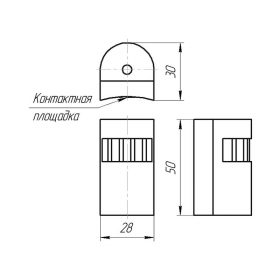
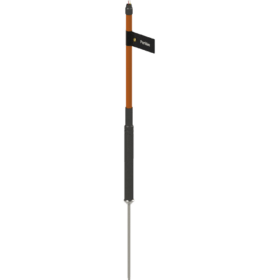
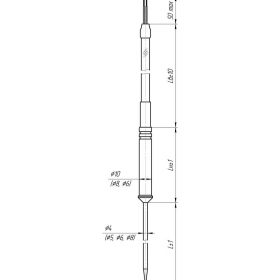
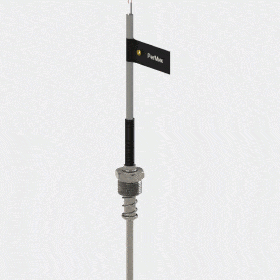
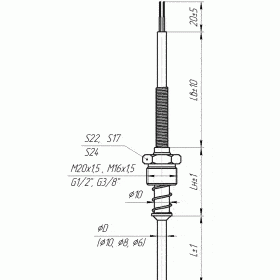
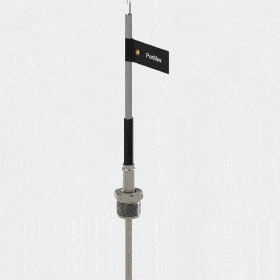
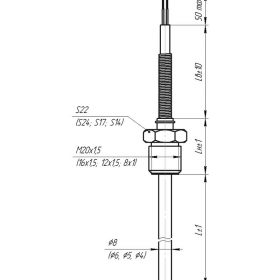
Відгуки
Відгуків немає, поки що.